Fort Lauderdale, Florida
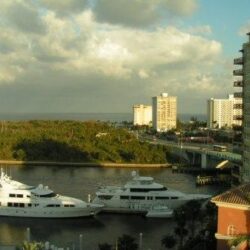
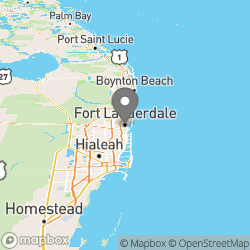
What It Is Like to Retire in Fort lauderdale
Fort Lauderdale, the “Venice of America," on the southeast coast of Florida has been a popular retirement community since the end of World War II. This bustling city on the intercoastal waterway is warm in the winter and has a rich array of choices for retirement living. Many people live on the intercoastal waterway and its intricate system of connecting canals – in fact going out to dinner or visiting friends is often a question of getting in one’s boat and driving it to your destination. Many communities and developments have golf courses and other high-end amenities sought out by active adults 55 plus. There are miles of white sandy beaches on the barrier island portion of Fort Lauderdale, which is a short drive across one of the many bays that are in this area. Formerly known as a college spring break mecca, the city has branched out as a high-end destination for the yachting world and cruise ships. Fort Lauderdale is a vital, diverse, and growing city of almost 200,000, which makes it appeal to a certain type of retiree – those looking for a small town environment will not find it here.
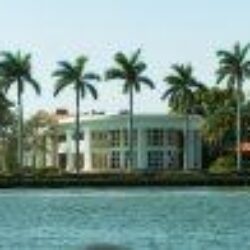
Where to Retire in Fort lauderdale and Home Prices
Zillow reports the median home value to be $517,599 in mid-2023.
What Is Special about Fort lauderdale
Beautiful white sandy beaches, an intricate canal system, waterside living for many and warm weather all winter, all make Fort Lauderdale special. The average January temperature is in the mid-60, and there are many upscale housing opportunities for retirees, including high rise apartments near the beach. The city is also home to Broward Center for the Performing Arts.
What Is Not Special about Fort lauderdale
Crowds and tourists, hurricane season
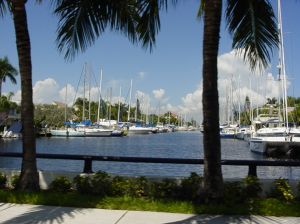
Who Will Like Retirement in Fort lauderdale
Fort Lauderdale attracts a diverse community and is therefore quite cosmopolitan. It tends to attract former urban retirees rather than small town Midwesterners.
Local Economy Is Driven by
It is a vital business center and headquarters for several multi-nationals, particularly those with large Latin American operations. Tourism, retail, and real estate are important to the economy.
Climate and Physical Environment
Fort Lauderdale is on the southeast coast of Florida, about 20 miles north of Miami. It is flat with the Atlantic Ocean on one side and the Everglades well to the west. Ft. Lauderdale is one of America's warmest cities in winter - in summer it rains briefly almost every day.
Restaurants & Cultural Scene
Fort Lauderdale’s has many artists and galleries in residence. • Mark K. Wheeler Gallery at The Art Institute of Fort Lauderdale. • Museum of Art Fort Lauderdale • Museum of Discovery and Science • Bienes Museum of the Modern Book •Fort Lauderdale Antique Car Museum • More than 4000 restaurants and nightclubs • Fort Lauderdale Convention & Visitors Center
Crime
Fort Lauderdale's crime rate is above the national average.
Medical facilities
There are at least 4 hospitals and even more medical centers in Fort Lauderdale.
Transportation
Several railroads pass through Fort Lauderdale. Amtrak provides passenger service and Tri-Rail provides commuter service from through Broward County/Fort Lauderdale, and into Miami-Dade County. Virgin Trains USA operates the Brightline train with service between Miami and West Palm Beach and Orlando The MiamiCentral station connects to Metro Rail and the Tri Rail. Fort Lauderdale-Hollywood International Airport is one of the fastest growing airports in the country, an emerging international gateway. Port Everglades is the nation's second busiest cruise ship port. You can take the water taxi downtown from many places.



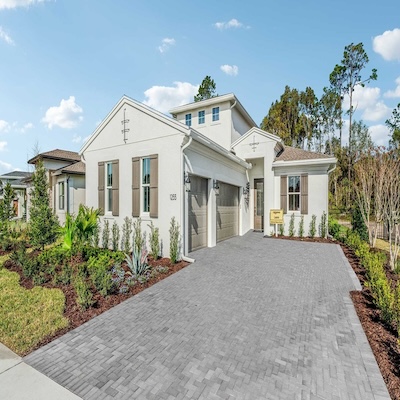
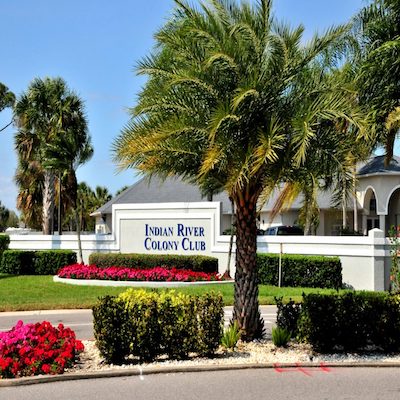
Comments on "Fort Lauderdale"